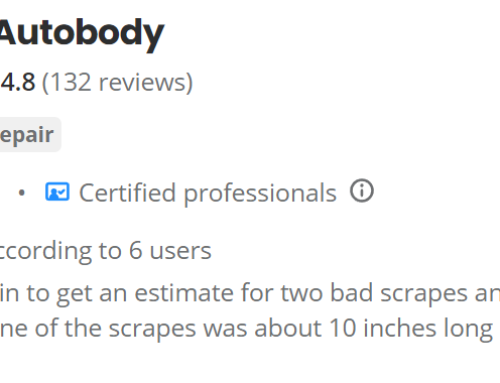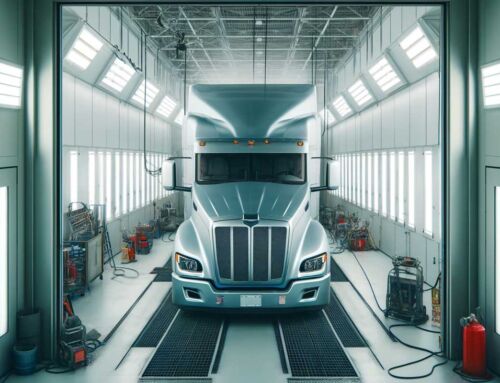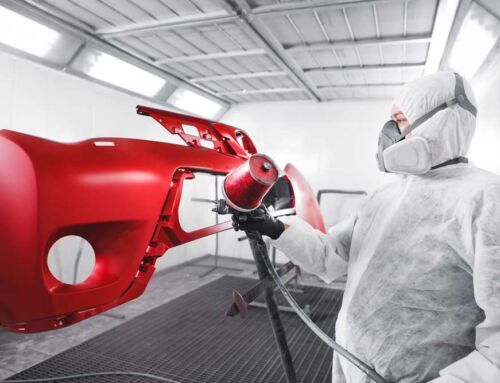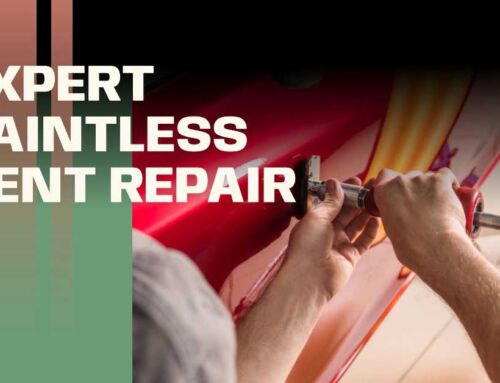 When it comes to your vehicle, nothing can be quite as devastating as a collision. Depending on the severity of the impact, you can either choose to repair the damage, or replace the car entirely. Should you decide on the former, you can be faced with a dilemma: should you opt for dealer manufactured parts, or try to use aftermarket materials? What’s the difference, and will it affect your car in a big way? Let’s break down the benefits and downsides of each.
When it comes to your vehicle, nothing can be quite as devastating as a collision. Depending on the severity of the impact, you can either choose to repair the damage, or replace the car entirely. Should you decide on the former, you can be faced with a dilemma: should you opt for dealer manufactured parts, or try to use aftermarket materials? What’s the difference, and will it affect your car in a big way? Let’s break down the benefits and downsides of each.
OEM
This acronym stands for Original Equipment Manufacturer, and it refers to parts and materials that are made by the same company that made your car. These parts are built for your specific make and model and are designed to work with other parts made by the same company. The benefits of using OEM parts to repair damage or replace destroyed parts is that you can be sure that they will work, they won’t void your warranty (should you still have one), they won’t affect your car’s resale value, and they will match your current vehicle’s specifications. This is especially true for external body parts, such as the bumper or doors.
The downsides of OEM parts is the fact that they are typically more expensive, especially if your vehicle is a luxury brand, such as Mercedes. The other drawback is that you have to get the parts and service from the dealership itself, which can sometimes limit your options, as far as turnaround and availability. Ultimately, though, OEM parts are usually recommended because of their quality and uniformity. However, that isn’t to say that aftermarket parts can’t be worthwhile.
Aftermarket
These parts can be made by a wide variety of manufacturers, which is both a good thing and a bad thing. The benefit of aftermarket parts is that you have much more selection, which typically means that the parts themselves are cheaper. Most companies that make these parts do so by engineering facsimiles of dealer parts, which can sometimes mean that they are even higher quality than OEM since they can make adjustments and improvements during the manufacturing process. However, this can be a double-edged sword sometimes, as some companies can instead cut corners.
The major drawback to aftermarket parts is the lack of standardization. Because the parts are made by different companies with no oversight, you can’t always be sure what you’re getting. While there are reputable manufacturers out there, they won’t necessarily be held to the same standard as a dealership. You can talk to your mechanic though and find out what places offer the best replacements. This isn’t to say that all aftermarket parts are bad, but that you just need to be a bit more discerning about them.




